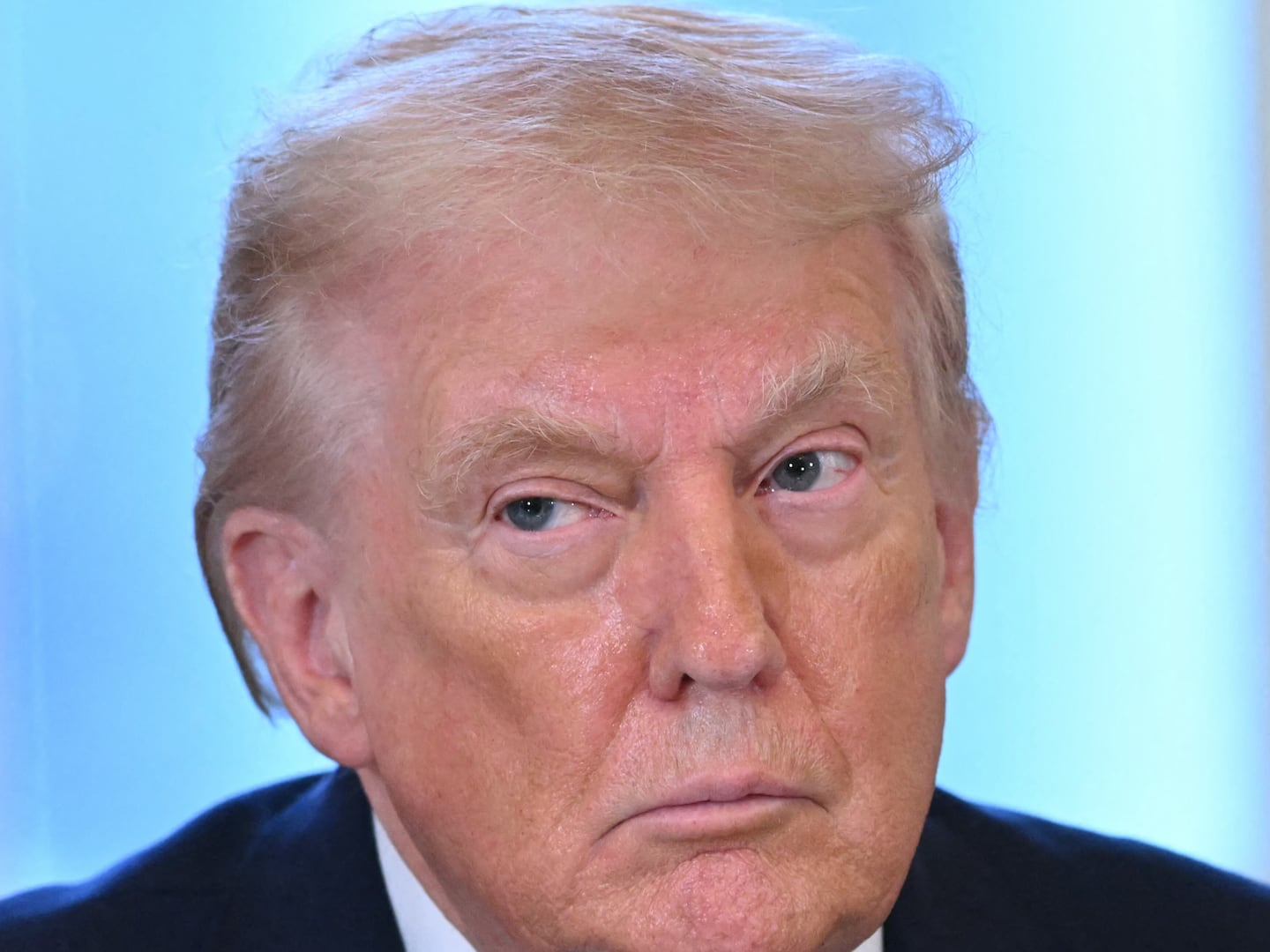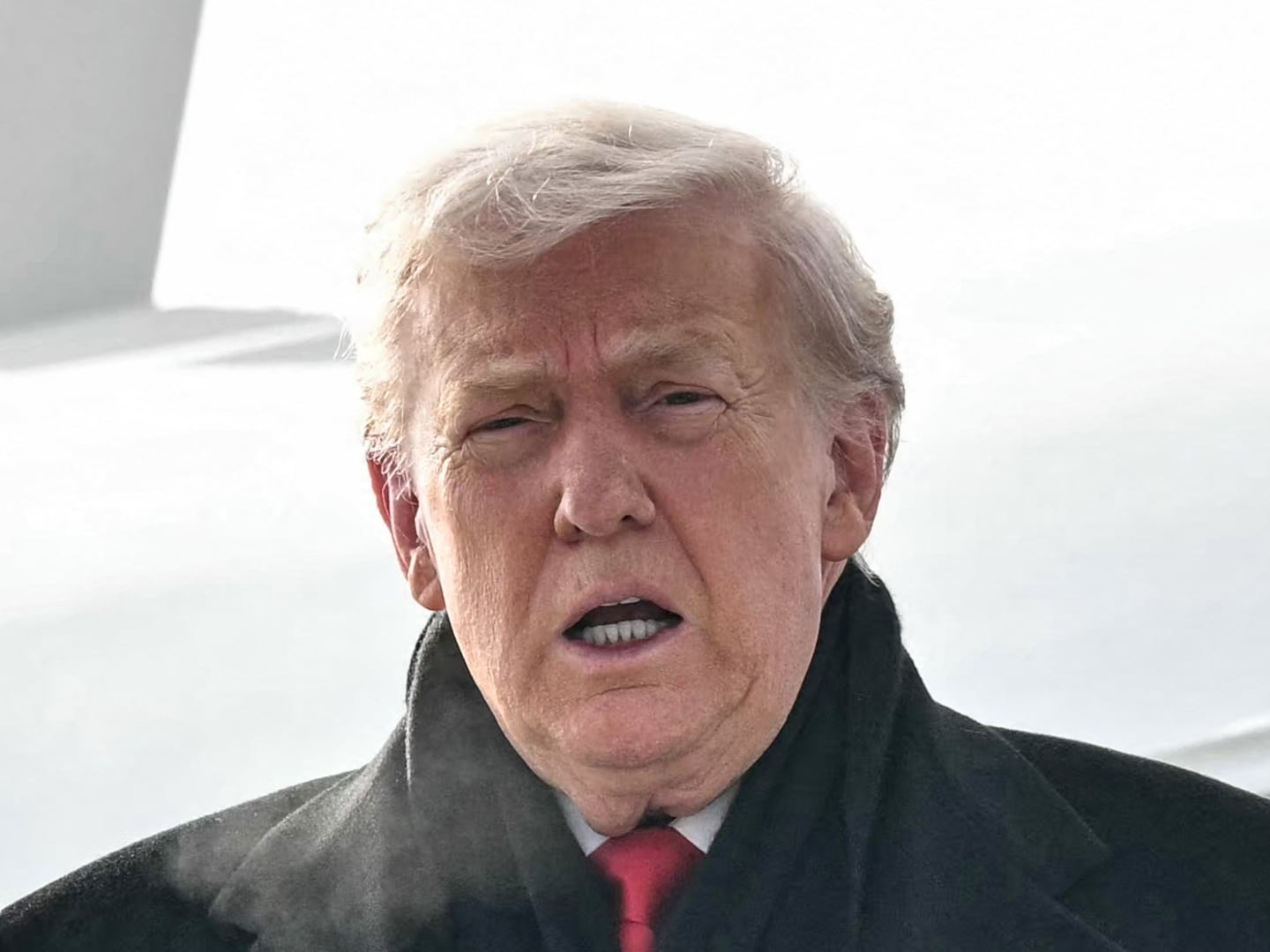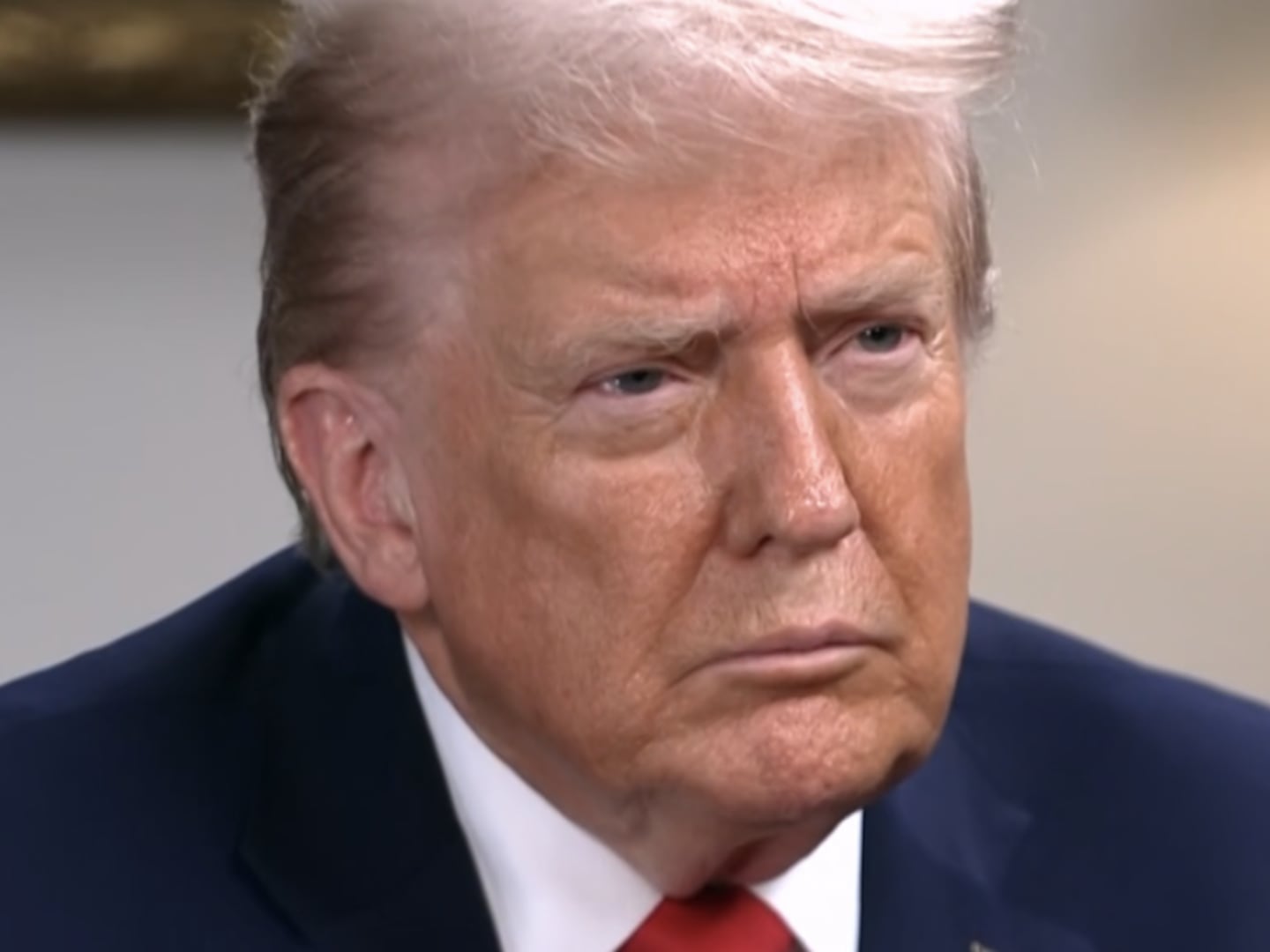
We have another Supreme Court confirmation hearing on our hands, and this means the same partisan wrangling as always: accusations of judicial activism, thinly veiled litmus tests, various rhetorical shiners, and an abundance of baseball metaphors (from “umpires” to “home runs”). And then, of course, there is the event all senators, advocates, and legal expositors turn out for—the age-old debate about the Constitution. As Thomas Jefferson once remarked, the Constitution becomes a “mere thing of wax” under the judiciary’s heavy hand. If this is true—and, according to the latest book on the Supreme Court, it may be—the real constitutional threat comes from the bench; it always has.
“There is no place in modern democracy for unelected judges to veto 21st-century legislation.”
So says Pulitzer Prize-winning historian James MacGregor Burns in his timely new book, Packing the Court. His is a detail-laden polemic about the perils of judicial power, which he sees as fundamentally antidemocratic because the justices are insulated from public accountability at the ballot box. It is an old, familiar argument that deserves a fresh look with the nomination of Sonia Sotomayor.
Commentators have pronounced the Sotomayor confirmation battle all but over. Republicans lack the numbers to derail her nomination in the Senate, and her record alone is more that of a restrained technocrat than an irrepressible radical. Aside from her rulings in individual cases while on the appellate bench—always fair game in the vetting process—her critics have leveled one major charge against her. And it is central to Burn’s encompassing account of the politicization of the Supreme Court. Simply, she is a judicial activist who will “legislate from the bench.” Any nominee would have been up against as much.
Accusations of judicial activism are at least as old at the court itself. Packing the Court chronicles the controversy over the court’s legitimacy that has dogged the judiciary since the Framers sparred over its place among the other branches. In the early years of the republic, the power of the Supreme Court fueled disputes between Federalists and Republicans. Presidents have lambasted the Supreme Court, from Thomas Jefferson to Andrew Jackson, Theodore and Franklin Roosevelt, and Ronald Reagan. Sometimes the gripes have been personal (antagonism between chief justice and president), other times political (a slighted policy, ideological disagreement), and almost always tactical.

Knocking the institution on populist grounds—that the court, as the onetime presidential candidate James Weaver once fumed, “dethroned the people… and enthroned the oligarchy”—is something of a rhetorical touchstone in American history. It has been the linchpin of presidential campaigns and a low-maintenance (and thus popular) way to burnish congressional credentials. Politicians are necessarily territorial about their authority. And the judiciary, charged with policing institutional and legal boundaries, is the natural culprit in alleged usurpations of power.
Reading Packing the Court drains the Sotomayor confirmation hearings of some of their drama. So far, experts have put to rest the most popular criticisms of her nomination anyway. A recent study by NYU's Brennan Center found her unmistakably moderate in her jurisprudence, voting with the majority on the Second Circuit Court of Appeals in 98 percent of constitutional cases. Still, the accusation of activism persists because it has too much cachet, too much historical valence to fade from view. “Judicial activist” is just shorthand for ideological disagreement.
But there is something even heftier than political venality that props up the charge of “judicial activist,” even as everyone agrees that the term offers little import. And the thesis of Packing the Court is just it. “There is no place in modern democracy for unelected judges to veto 21st-century legislation,” Burns writes. He regards judicial review, the prerogative of the judiciary to deem congressional acts unconstitutional, as a power grab. To him, it has carried the taint of unconstitutionality since John Marshall established the practice in his 1803 decision Marbury v. Madison. By the book’s end, Burns advocates a constitutional amendment to curb judicial review once and for all. It is a proposal readers will have trouble taking seriously, even as a thought experiment.
As a historical account of the judiciary, Packing the Court is impeccable, but as an argument it gets muddled. Burns keenly points out that the ideological agenda of an appointing president and the fealty of his nominees to party dogma have, through history, compromised the court. But this chafes with his claim that the court’s insulation from voters instantly saps the institution of its democratic legitimacy. After Samuel Alito’s confirmation in 2006, then-Senator Barack Obama told a Democratic crowd that “If we don’t win elections, you’re not going to get the judges you want.” The road to the court cuts through the presidency—this is the nature of the beast.
As Burns tells it, so much of the story of presidential nominations is about compromise. A president, hobbled by waning popularity or a fear of an impending showdown with the Senate, often has to make a consensus pick and feint toward conciliation. Though he was a shrill critic of the Warren Court as a congressman, Gerald Ford chose John Paul Stevens in a bid for presidential moderation; Ronald Reagan “had his debt to pay” to the electorate and nominated Sandra Day O’Connor, a woman who largely cast aside party doctrine.
A more productive take on plainly ideological court decision-making would be to set parameters for restoring judicial independence. An obvious problem with the book is that Burns wants it all ways—judges who are above the political fray and judges beholden to the electorate. Lifetime tenure and presidential appointment of federal judges exist so that judges do not compromise their independence while standing for reelection.
Some of the worst decisions of the court came when there was an institutional intrusion into the highly partisan and political. To Burns, any decision in which the court exercises its check on Congress constitutes such an intrusion. But this drops all the very particular instances of bad decisions or ugly situations: deciding the outcome of elections like in Bush v. Gore, or presidential meddling in the adjudication of a case (as in the backroom pressure James Buchanan brought to bear in Dred Scott). It would have been useful for Burns to distinguish good jurisprudence from bad—or, for that matter, the positive gains from “activist” decisions as opposed to retrograde outcomes. Some of the major strides in civil rights and civil liberties were the products of Supreme Court decisions.
This book contains its own refutation. For all its methodical exposition, the conclusion disappoints in the face of such a wealth of compelling detail. Still, it is a learned and passionate account. Packing the Court is proof that these confirmation hearings will always be spirited—if a bit underwhelming.
Plus: Check out Book Beast, for more news on hot titles and authors and excerpts from the latest books.
Jonathan Blitzer is a freelance writer and translator living in New York. He also works at the Brennan Center for Justice at the NYU Law School.






